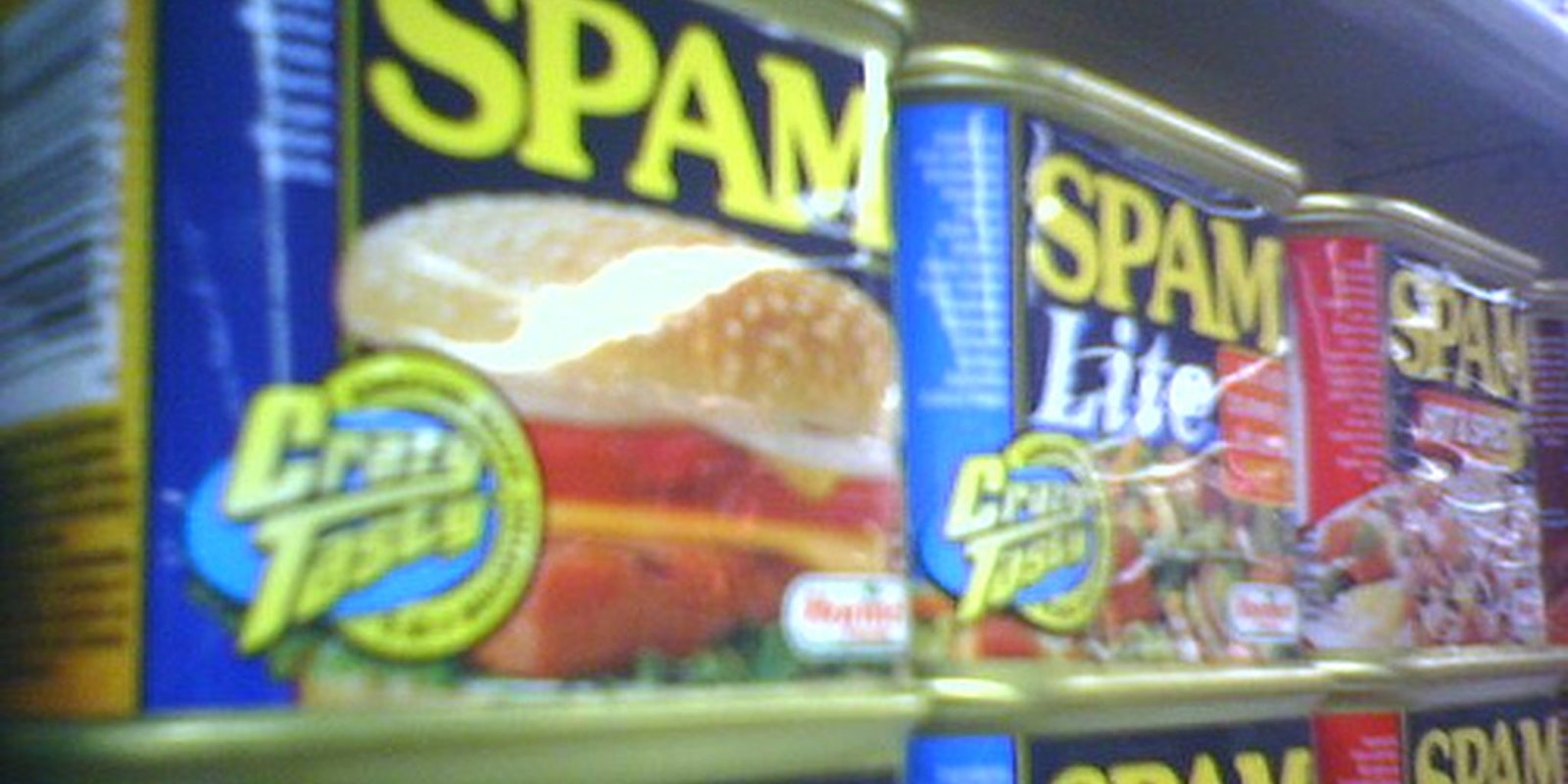As Pinterest continues to grow exponentially, users are getting more familiar with how to use the network to its fullest capacity. Unfortunately, so are Pinterest spammers.
The last time we wrote about spotting Pinterest spammers, it was pretty straightforward. Look for somebody with no profile photo, a suspended Twitter account, and thousands of identical pins. But our readers knew better. Nitin Khanna commented on our story:
“How naive of you to say that the profile pictures are missing. They’ll soon appear, like they did on twitter…”
Khanna was right. It’s much harder to spot a spammer these days. But with the help of an email tipster, we’ve collected three sophisticated new spammer profiles that you’re likely to start seeing around Pinterest.
Here’s how to identify them and what to do.
1) The Phishing Scammer
Meet Tonie Izatt. At first glance, nothing appears to be off here. She’s got a profile photo, and her Twitter account hasn’t been suspended for spam. Sure, her profile is a little TMI, but her pins don’t look even slightly commercial.
The problem doesn’t come to light until you look at the majority of her pins and see a strange address underneath. Click one of her pins and you’ll be prompted to enter your username and password, almost as if you’d been signed out of Pinterest. Of course, it’s just a phishing scam: Press the back button and you’ll see you’re still signed in.
2) The Deceptive Marketer
It’s hard to find anything suspicious about Erin Odessa, who even has a legitimate-looking connected Facebook page. She’s got 84 boards on a variety of harmless topics, such as “need a laugh” and “try something crafty.” Her pins don’t come from strange addresses like Izatt’s did… right?
Look again. Odessa’s pins all are pinned from a shortened bit.ly URL. All you see is the word “bit.ly,” so you don’t think anything’s off. But click on the pin, and you’ll be redirected to an advertising ploy for a Tiffany’s diamond.
3) The Affiliate Account
We know all about the spammer practice of connecting thousands of Pinterest bots with an Amazon Affiliate account in order to make money. But Teresa Kapurch’s profile isn’t as obvious. She’s got an active Twitter account, a photo, and dozens of boards that she’s added content to—instead of just one board with 2,000 pins.
Once again, it’s Kapurch’s pin URL addresses that give her away. Each one of the pins on “A Dick Moonlight Thriller,” for example, redirect through her affiliate account to Amazon. When users buy Amazon products, she gets a cut of the cash.
How can it be bad to recommend products to other pinners? For starters, it’s against the Pinterest Acceptable Use Policy:
“You agree not to… use the Service for any commercial purpose or the benefit of any third party, except as otherwise explicitly permitted for you by Pinterest or in any manner not permitted by the Terms.”
Under the terms, what Kapurch is doing is wrong.
If any of these three spammers look familiar, don’t panic. Even if spammers like this are following you on Pinterest, they can’t affect you. Their scams all depend on you clicking their pins. Instead, report their pins for spam by clicking “Report Pin” and selecting “Spam.”
Since a Pinterest spokesperson told the Daily Dot the network doesn’t share information about specific users, we are unable to determine whether Pinterest deletes or bans users suspected of spamming. The spammers we highlighted in this article are still active.
Photo by Wiennat Mongkulmann


